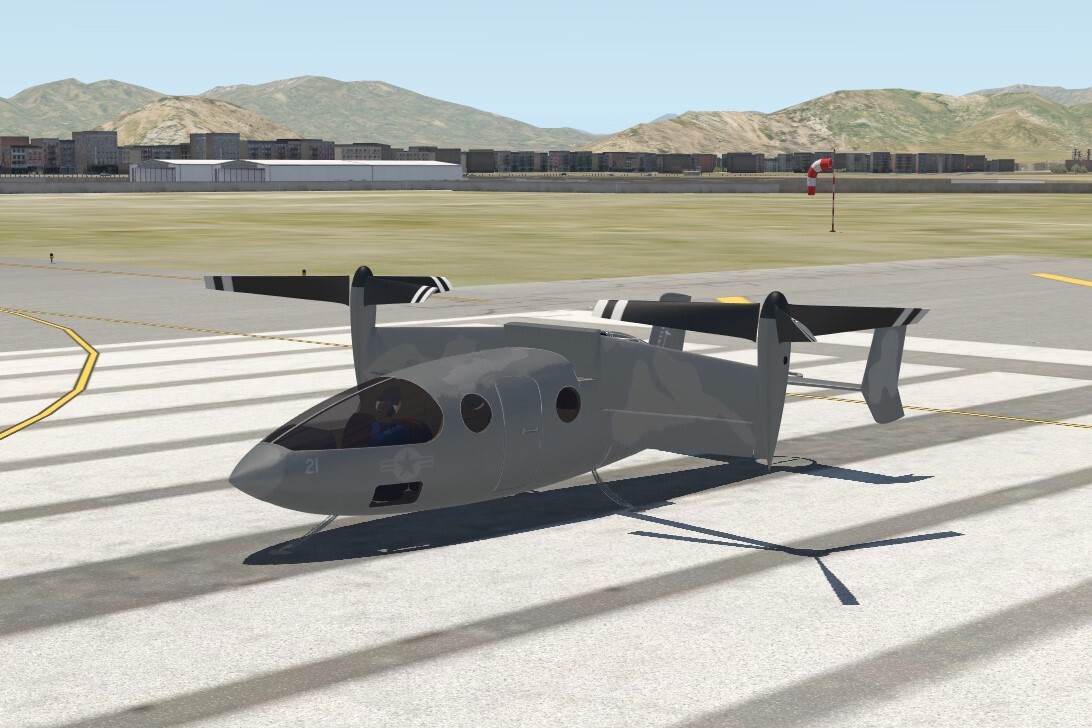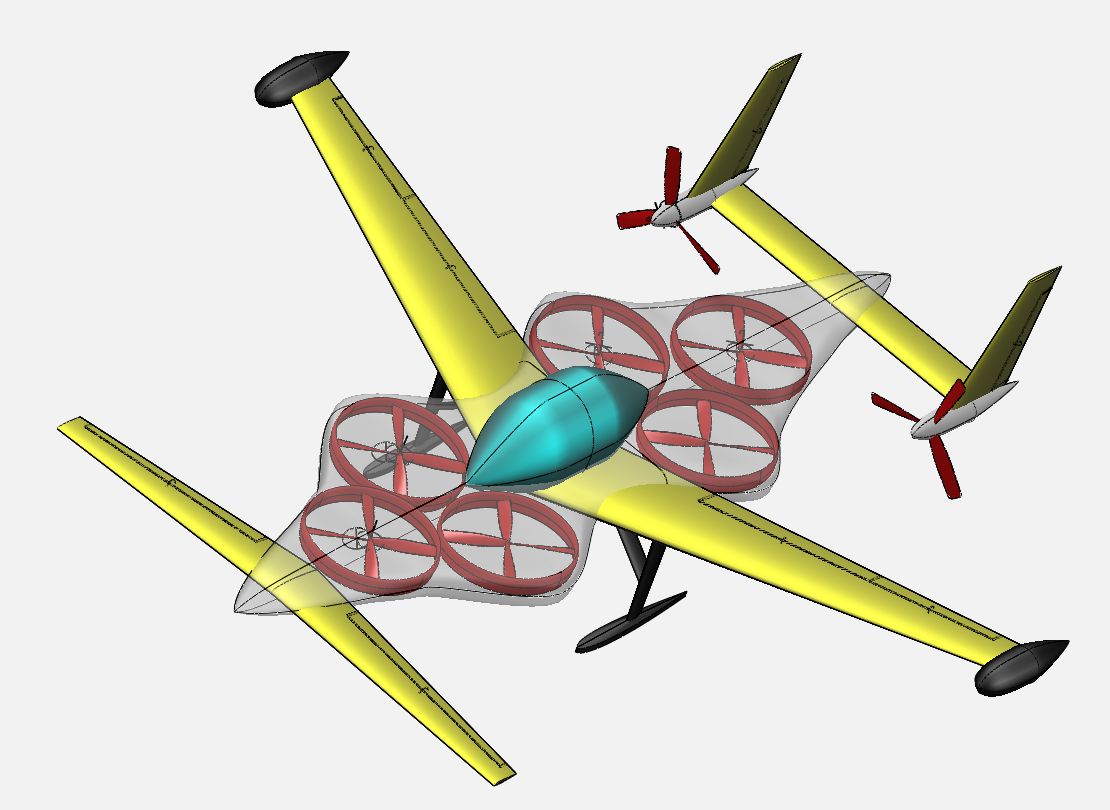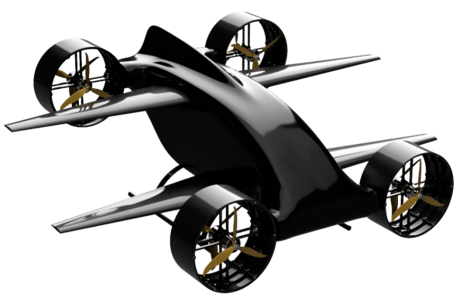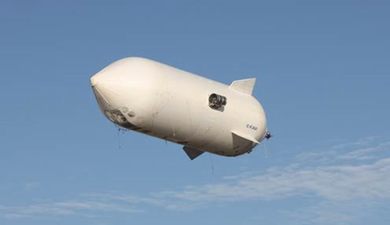Aerospace faculty member part of six Air Force Agility Prime awards
Published: Apr 30, 2021 10:12 AM
By Cassie Montgomery
Imon Chakraborty, assistant aerospace engineering professor, will partner with several small businesses to further technology for the development of advanced air mobility vehicles utilizing six Phase I STTR awards under the Air Force’s Agility Prime program. The awards, totaling $306,000 for Auburn University, pair Auburn with one or more small businesses to pursue technology with potential dual use across civilian, commercial and military capabilities.
“There are some common themes across all these projects: novel aircraft, novel concepts of operations, flight control challenges and the need for sizing and simulation studies,” said Chakraborty, director of the Vehicle Systems, Dynamics and Design Lab (VSDDL) at Auburn. “Those are the areas where we at VSDDL want to position ourselves.”
Boston-based Transcend Air Corporation has already won several awards for their novel Vy 400 Vertical Takeoff and Landing multi-use aircraft. Their collaboration with Chakraborty is aimed at demonstrating Simplified Vehicle Operations (SVO), with a goal of making it easier for pilots and non-pilots alike to become proficient at flying the aircraft.

military version of Transcend
Air Corporation's Vy400 aircraft
“SVO involves harmonious design of the aircraft flight control laws, cockpit displays and flight control inceptors,” Chakraborty said. “We’re using one of our lab’s flight simulators to demonstrate the SVO philosophy for Transcend’s Vy 400.”
The VSDDL simulator is being put to further use in collaboration with Avilution, a software startup based at Huntsville Airport in Alabama, whose core software, eXtensible Flight System (XFS), replaces outdated avionics designs with a modern software suite aimed at next-generation aircraft concepts.
“The goal of our Phase I project is to demonstrate that the coupling of XFS to our flight simulator systems architecture allows us to rapidly prototype and test cockpit display concepts suitable for SVO aircraft,” Chakraborty said.
Chakraborty is also partnering with Northern California-based Metro Hop , analyzing their novel Electric Short Takeoff and Landing (e-STOL) concept with Active Landing Gear. The aircraft is intended to take off and land in extremely short distances without requiring the significantly higher power and energy requirements of Vertical Takeoff and Landing (VTOL) capable concepts. In this Agility Prime project, VSDDL will create a flight simulation model of the Metro Hop aircraft and use it to prototype and assess the flight control laws necessary to realize the precise takeoff and landing operations.
“Modeling the Active Landing Gear and the way its operation interacts with the flight control laws will be very challenging but is key to assessing this concept,” he said.
Collaborating with Design, Analysis, and Research Corporation (DARcorporation), an aeronautical engineering firm based in Lawrence, Kansas, with decades of engineering experience, Chakraborty is working on concept studies for a lift-plus-cruise VTOL platform featuring multiple ducted fans. His lab will perform sizing studies to determine aircraft size, weight and power requirements and also create flight simulation models for a proposed Phase II effort.

concept being analyzed by
DARcorporation and VSDDL
“Ducted fans have some advantages compared to open rotors at static conditions such as hover. But they also present some challenges at higher speeds or when they encounter flow at a glancing angle, often called edgewise flow,” he said. “Our goal is to exploit the advantages of the ducted fan while mitigating the adverse effects through a clever aircraft integration strategy.”
In partnership with Flugauto and Research in Flight, Chakraborty is helping to analyze the performance of Flugauto’s novel cargo delivery drone and assessing its potential dual use for civil and military applications. This tandem-wing concept is powered by four ducted fan propulsors that provide not only thrust but are also used to control the aircraft. This concept does not have any control surfaces on the wings.

drone concept
“We’re going to analyze the stability and control characteristics of this concept and explore some novel flight control solutions using our simulation capabilities,” Chakraborty said.
Chakraborty’s sixth Agility Prime project is a collaboration with Research in Flight and Skyborne Technology aimed at analyzing an electric airship concept. The team is currently in the process of studying the payload, range and performance requirements of this airship as well as technology assumptions for the propulsion system components.

Skyborne Technology Inc
electric airship concept



